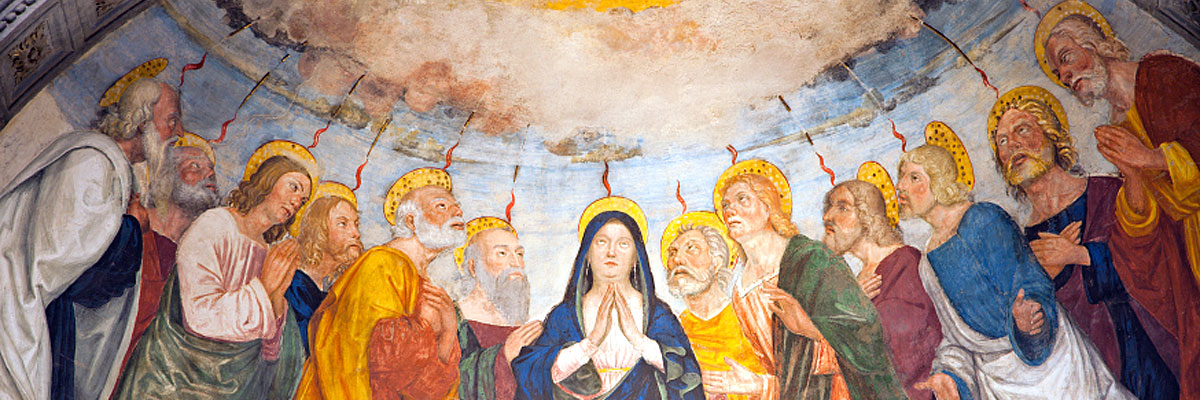
Understanding Our Church
A Treasury of Arkansas Writers Discussing the Catholic Faith
Official Website of the
Catholic Diocese of Little Rock
Jesus feeds us spiritually, physically through Eucharist and Word
Published: February 15, 2020
By Deacon Mike Cumnock
St. Mary Church, Hot Springs
A life lesson I have learned from the monks of Subiaco Abbey is the use of Lectio Divina in my prayer life. The goal of the process is simply to bring myself into the presence of God through praying the Scriptures. The idea is to choose a word or phrase from the Scripture and reread and savor that word/phrase. Then one ponders and prays the word/phrase to allow time for God to speak. Often the response is quiet, but has become more and more recognizable.
In preparing to write this column, I focused on the daily readings for this week. My attention was drawn to the miracle in Mark’s Gospel of Jesus feeding the 4,000. I prayed the story for several days and was struck by the power, similarities and differences in this story and the feeding of the 5,000, which was recorded earlier in the Gospel. The feeding of the 4,000 is also recorded in Matthew; the feeding of the 5,000 is included in all four Gospels.
He gave us the Eucharist and thus the ability to be fed by both his word and his living bread on a regular basis. We believe: Those who seek him will not be sent away empty.
John the Baptist had been killed, and people are coming to Jesus in greater numbers. His ministry is growing and gaining more attention. People are drawn to him and are clearly moved by the power of his preaching. The Gospel account tells us that they follow him for days on end as he heals those in need and feeds their spiritual hunger.
When it came time to dismiss the crowds, Jesus is moved with pity and refuses to send them away physically hungry. In both of the feeding miracles, Jesus takes what is available — the fruits of the earth and the works of human hands — gives thanks for what there is, and multiplies it to feed all in the community until they have had their fill and are satisfied.
The Gospel accounts then emphasize the gathering up of the fragments allowing nothing to go to waste. Every fragment is to be treasured. Jesus, who does great things, is also concerned about small things. I was reminded of my role as deacon in the purifying of the vessels after Communion and the protection of the fragments, where Jesus is present in the smallest part.
Geographically, the feeding of the 5,000, plus women and children, takes place in a Jewish area. We know that first century Jews were anticipating the arrival of a Messiah and hoped for a great military leader, who would free them from Roman oppression. In this miracle, many would have been reminded of the feeding miracles of both Elijah and Moses. Jesus tries to get away to a quieter place, but more and more people seek him out.
He travels outside of the Jewish area yet word spreads about him. While preaching in a predominately Gentile area, Jesus is again confronted with a crowd that has been following him for days and runs out of food. This Messiah, who first ministered to the Jews, now feeds both spiritually and physically the non-Jews who are drawn to him. There were seven loaves and seven baskets of fragments — numbers worth noting — because the number seven was the most sacred number to the Hebrews as a symbol of the perfect world, completeness … heaven.
He is telling them and us that the prayer he taught us to pray is being answered before our eyes. The Kingdom of Heaven is developing on earth and is no longer just in heaven. He gave us the Eucharist and thus the ability to be fed by both his word and his living bread on a regular basis. We believe: Those who seek him will not be sent away empty.



